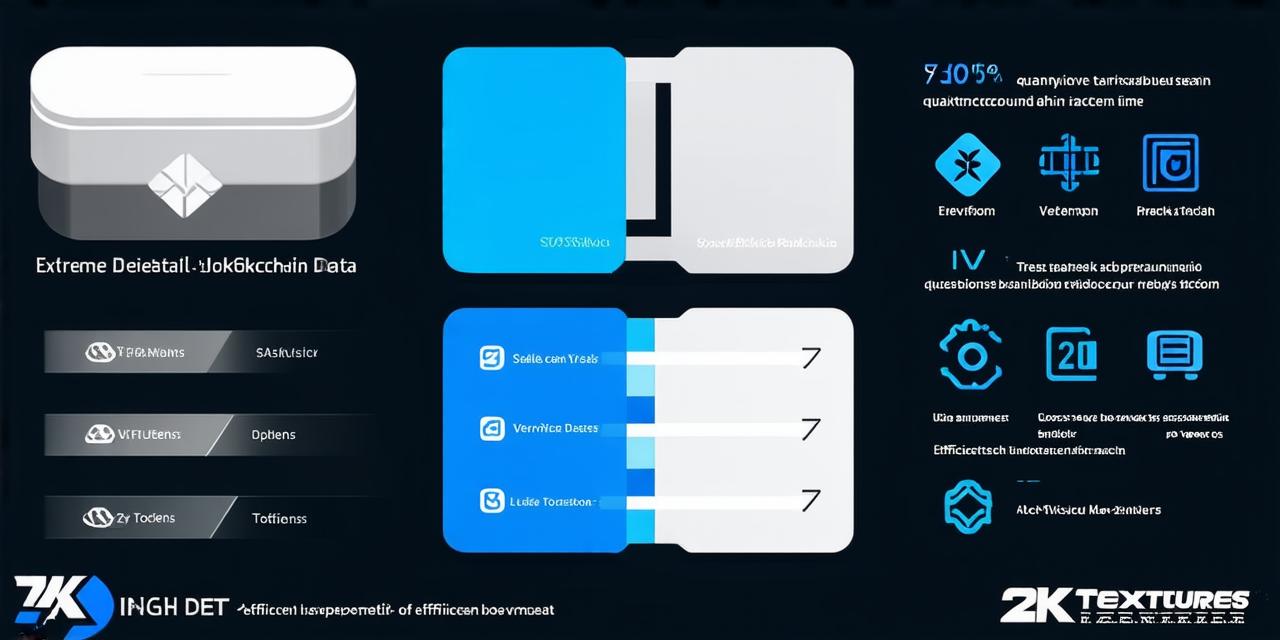Blockchain technology has become increasingly popular in recent years, thanks to its ability to provide secure and transparent transactions without the need for intermediaries. However, one of the challenges faced by blockchain users is determining how long it takes for a transaction to be verified on the network. In this article, we will explore the different factors that can affect verification times and provide real-life examples to illustrate these points.
What is Blockchain Verification?
Before we delve into the factors that can affect verification times, let’s first understand what blockchain verification is. In simple terms, verification is the process of confirming that a transaction on the blockchain is valid and should be added to the ledger. This process involves checking the transaction against the rules of the network and verifying that it meets certain criteria before it can be approved.
Factors Affecting Verification Times
There are several factors that can affect verification times on a blockchain network. These include:
1. Network Congestion
One of the main reasons why verification times can take longer than expected is due to network congestion. When there are too many transactions happening simultaneously, the network becomes overloaded and transactions can take longer to be verified. This is because each transaction needs to be checked by multiple nodes on the network before it can be approved.
2. Transaction Complexity
The complexity of a transaction can also affect verification times. Transactions that involve more data or require more computational power to verify will take longer to process than simpler transactions. For example, a transaction that requires multiple signatures or involves complex smart contracts may take longer to be verified.
3. Block Size
The size of the block can also impact verification times. The larger the block, the more data it contains and the more computational power is required to verify it. This is why many blockchain networks have implemented a maximum block size limit to prevent network congestion.
4. Node Location
The location of the nodes on the network can also affect verification times. Transactions that are sent from or received by nodes located in different geographic regions may take longer to be verified due to differences in network speeds and latency.
Real-Life Examples of Verification Times
To better understand how long verification times can take, let’s look at some real-life examples:
1. Bitcoin
Bitcoin is one of the most popular blockchain networks, but it also experiences high levels of network congestion and slow verification times. According to data from Blockchair, the average time for a bitcoin transaction to be verified can range from a few minutes to several hours or even days, depending on network conditions.
2. Ethereum
Ethereum is another popular blockchain platform that has experienced high levels of network congestion and slow verification times. According to data from Etherscan, the average time for an ethereum transaction to be verified can range from a few seconds to several minutes, depending on network conditions.
3. Ripple
Ripple is a blockchain platform designed specifically for fast and reliable cross-border payments. According to data from Ripple Labs, the average time for a ripple transaction to be verified is just a few seconds, making it one of the fastest blockchain networks in use today.
FAQs
1. How long does it typically take for a blockchain transaction to be verified?
The verification time can vary depending on several factors such as network congestion, transaction complexity, block size, and node location. On average, Bitcoin transactions can take anywhere from a few minutes to several hours, while Ethereum transactions can take a few seconds to several minutes.
2. What is the maximum block size limit on most blockchain networks?
The maximum block size limit varies depending on the network. For example, Bitcoin has a limit of 1MB per block, while Ethereum currently has a limit of 25,000 gas per block (equivalent to around 21 MB).
3. How can I improve verification times on my blockchain network?

There are several ways to improve verification times on your blockchain network, including optimizing transaction complexity, reducing network congestion, and using sharding or off-chain scaling solutions. It’s also important to choose a network that is designed for fast and reliable transactions, such as Ripple.
Conclusion
In conclusion, the verification time on a blockchain network can be affected by several factors such as network congestion, transaction complexity, block size, and node location. While verification times can vary depending on these factors, it’s important to choose a network that is designed for fast and reliable transactions, such as Ripple, to ensure that your transactions are processed quickly and efficiently. As the use of blockchain technology continues to grow, we can expect to see further improvements in verification times and other aspects of the technology.
